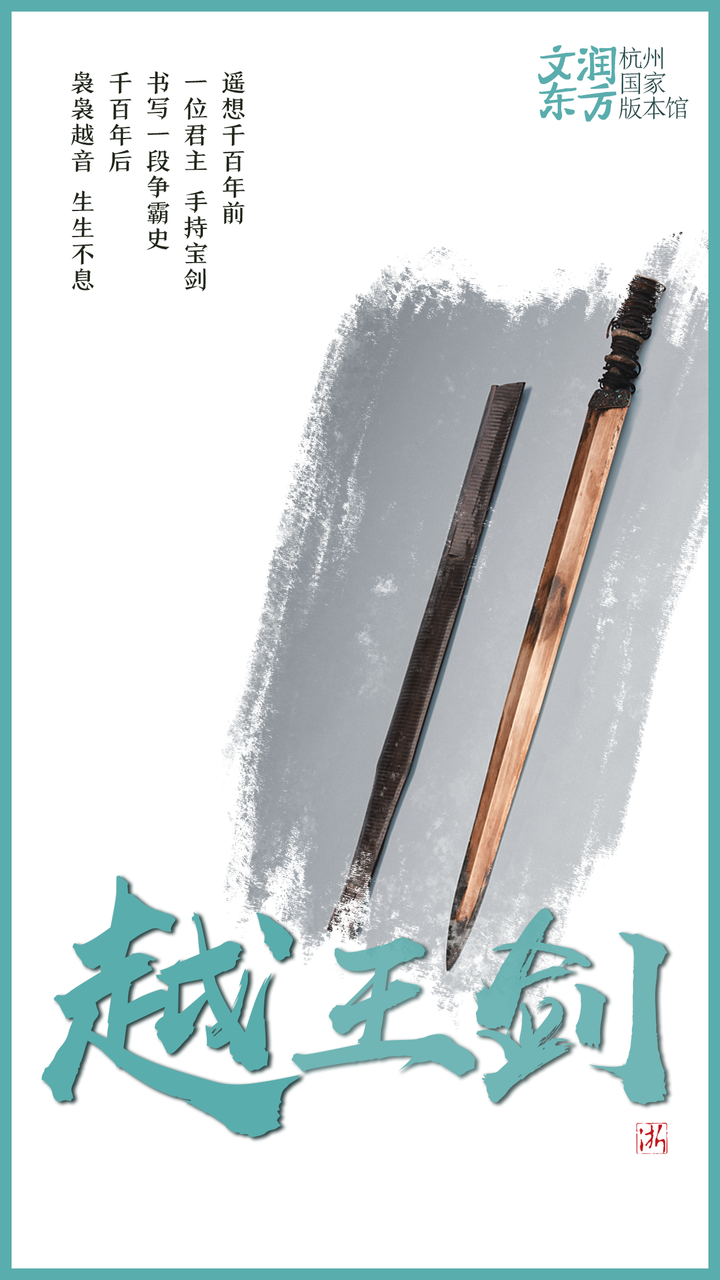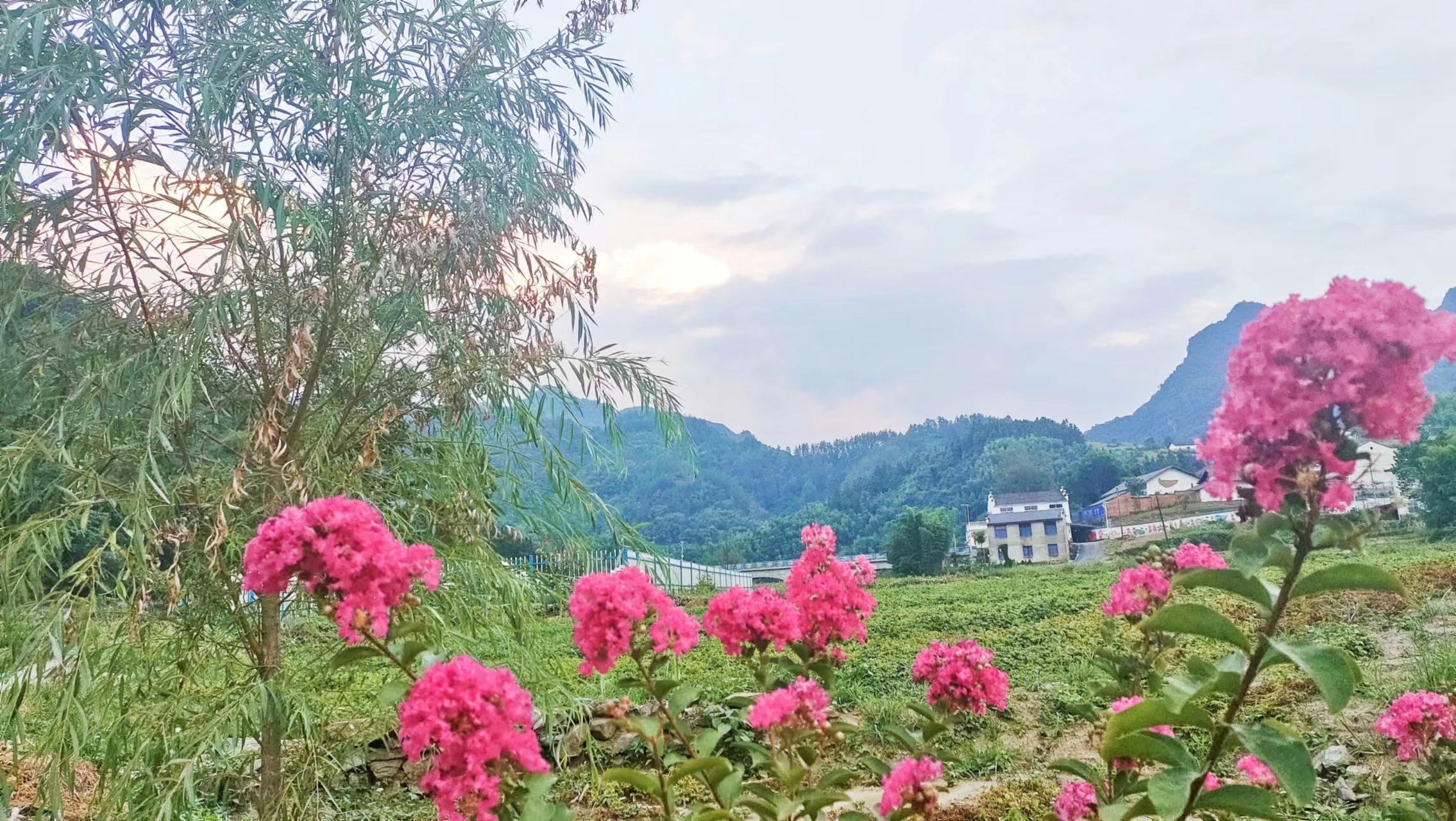Follow the yellow hands, showing the exhibition of the Jiuqu Yellow River, the humanistic style
Author:Jinan Daily Time:2022.09.03

The trembling Yellow River is endless. Civilization accumulates civilization and breeds the pulse. The vast historical monuments, deep cultural connotations, rich tourism resources, accumulated into a civilized civilization along the yellow province (district), and also gathered in representative handicrafts in various places. As the cultural symbol breeding under the nourishment of the Yellow River, the cultural background of the same root and vein is made to make the Yellow River traditional craftsmanship hundreds of gardens. On September 15th, the 3rd China International Cultural Tourism Expo and the first Chinese traditional craft conference will be launched in Jinan. At that time, the representative hand -made products along the yellow province (district) will gather at the scene, showing the humanistic style of Jiuqu Yellow River.
Guyun non -heritage innovative appearance

Running water, accumulating thousands of years of civilization. The Yellow River runs eastward from the west, and it also gathers a history of one party. The natural scenery and humanistic feelings have been intertwined, forming a unique culture. However, the provinces (districts) along the yellow provinces (districts), which are similar and connected, have formed a cultural symbol that communicates with the characteristics of the regional characteristics in inheritance and development, such as non -heritage.
There is great beauty in heaven and earth. Qinghai, which is not only magnificent, has also created a long -established colorful culture, and has given birth to many long -term folk culture. In Qinghai, the birthplace of the Yellow River, the Silk Thangka is the cultural characteristics of the integration of agriculture and animal husbandry civilization and the symbiosis of multi -ethnic ethnic groups. It has also been continuously innovated in inheritance and presented with a new look. It is understood that the local craftsman innovated on the basis of traditional charcoal carving products. It first created the activated carbon silk Thangka series works. Several non -heritage skills are combined to retain the characteristics of traditional craftsmanship. The role. At this expo site, the innovative derived silk series crafts will show the audience's unique style of Damei Qinghai.

Throughout the ages, the hard -working and brave horse people have created profound historical culture on the banks of the Yellow River and on the grassland. The holding of this expo provides the audience with the opportunity to experience the grassland culture at the door. Traditional crafts such as cowhide painting will appear on the scene. By cowhide as paper, the ancient and vast grassland style will be "concentrated".
In traditional Chinese culture, gourds contain many beautiful meanings, and they also carry emotional sustenance. At present, the gourd with a beautiful meaning and simple appearance has also become a carrier for Chinese traditional handicrafts, which derives a variety of gourd series crafts. The pyrographic gourd was painted by ironing the iron on the surface of the gourd. It was integrated with the bleach and the gourd, which has high artistic value; the colorful relief gourd is a product of the combination of modern three -dimensional three -dimensional shape and the Han Dynasty piles. High collection value. At this expo site, these gourd crafts with both ornamental and beautiful meaning will be concentrated in the exhibition area of Gansu to show the charm of craftsmanship combining tradition and creativity.
Reappearance

"Three Nine of Tianfu, walking around Sichuan", Sichuan, known as "the country of Tianfu", is located in the southwest of China. The fertile land, rich natural resources, long history and colorful ethnic minority culture constitute a variety of natural and cultural tourism resources, and also bred traditional crafts such as Shu embroidery. The splendid chapter.
Shaanxi has a natural natural scenery, unique folk customs, and a strong and profound Guanzhong culture. On this vicissitudes of land, the exciting Ansai waist dancing the customs and customs of the Loess Plateau, and traditional craftsmanship such as clay sculpture and wooden version of the year show the charm of traditional culture in the inheritance.
Shanxi, named after the west of the Taihang Mountain, is known as "the cradle of Huaxia civilization", and Liu Zongyuan is called "the wizard mountain river". Under the nourishment of the Yellow River, Shanxi has a deep culture and long history, and has a history of 3,000 years. Inheriting the heavy historical context, many traditional craftsmanship originated here, and constantly rejuvenated in the inheritance.
Shanxi Sanbao Luzhou Chengnian's production craft has a long history, pregnant in Qin and Han dynasties, in the Tang and Song dynasties, and the Ming Dynasty from the Ming Dynasty. Based on the advantages of a long history and geographical location, the Chengmi 砚 砚 基 基 基 基 基, Fun Ruochi muscles, deducting golden sounds, not ice injection, cold ink are not rotten, nourish ink, not hurting the ink, not injured Paper. Puzhou Cheng Nihuan has a variety of color, especially cinnabar red, rose purple, mung bean green, catfish yellow, and crab shell green. The production cycle is about one year. The finished product rate is only 30 %. Frequent horn. Because of this, since the Tang Dynasty, Luzhou Chengni has been tribute in all ages.
After several generations of inheritance, the development of Chengnihuan in Luzhou, Xinyi County, Shanxi Province, also focused on the innovation of the Chengni Cycles of Puzhou, and was committed to developing new products. It is reported that dozens of series have been developed, thousands of Cheng Niya varieties have been developed. At the current expo, the audience can feel the heritage from the "Sanjin" on the ground.

Three thousand miles of Silk Road, 8,000 years of Huaxia civilization. In Gansu, Tianshui lacquer carving is a long -established local traditional craft, with a long history of more than 2,000 years. While inheriting the tradition of ancient carving lacquer craftsmanship, Tianshui carved lacquer draws nutrition from sculpture and painting. After careful discussion, it is innovative and has its own characteristics. At this expo, the carved lacquer products with both ornamental and practicality will be unveiled. Show the ingenuity combining tradition and modernity.
The traffic assault

Inheriting traditional techniques, adding modern charm. Today, under the persistence and innovation development of craftsmen, the hand creation has also become a popular flow of traffic with its "attitude". At the scene of this expo, these traffic assumed the group, showing the ancient and modern style of the Jiuqu Yellow River.
"Buy copper in Datong City, look at Buddha on Wutai Mountain." Datong's bronze smelting and manufacturing are loud in the north and even the country. Its production history has more than 2,700 years. According to records, as early as the Northern Wei Dynasty, Datong's bronze casting technology has reached a high level. Essence In the Ming and Qing dynasties, nearly a hundred bronze artists with various stunts brought together a street. Datong copper production skills are combined with traditional techniques and modern technologies. High -quality copper materials are selected as raw materials, and eight major series, more than 200 varieties, and more than 350 colorful copper technology products are made. In addition to the traditional copper edible device such as Ruyi Craft Hot Pot, the palace is also a major category for the main category of Datong copper. Based on the traditional tableware production skills of the Ming and Qing dynasties, and the palace royal pot designed and produced in combination with the needs of modern folklore life, the traditional handmade relief technology and hollow process are used. , Becoming a good thing to enter the public dining table.
"The desert is lonely, and the long river is full." Ningxia, which was chased by Tang Shisong, inherited the traditional Chinese culture, and also spread special tea such as Babao Tea. The prototype of Babao Tea originated from the Silk Road during the Tang Dynasty. At that time, businessmen from all ethnic groups who traveled to and from doing specialties in various places were used to cook them as tea products. New friends. Today, Babao Tea has inherited for thousands of years and has become a favorite tea product for people in Ningxia and Northwest China. Ningxia Babao Tea (also known as the Sanbao Table) is generally based on green tea or tea, which has good beauty and qi, and has the effects of nourishing yin and lungs, clearing throat, and enhancing memory. At this expo, the audience can taste the deep tea culture on the spot.

The ingenuity soap, leave the incense in hand. A small handmade soap, which shows the heritage, has also become an effective carrier that integrates into the lives of the public. It is worth noting that the cold handmade soap from Henan's sheep milk sheep milk will be unveiled at this expo site, so that the audience can also take the "hand -made" home while visiting the exhibition.
After the history and the history, the inheritance is more beautiful. The Yellow River, where the big river returned to Qilu, accumulated cultural atmosphere in Pentium, and played the Yellow River movement of the integration of cultural tourism. During the 3rd China International Cultural Tourism Expo and the first Chinese traditional craft conference, they met with the theme exhibition area along Huangshi, and went to a cultural journey of ancient and modern integration. (Jinan Daily reporter Zhang Xiaohan)

Edit: Zhang Yu
- END -
Wenrun Pavilion · Zhihu 丨 越 知 文 文 文 文 文 文 文 文 文 文 文

Zhejiang News Client reporter Lin JingMore than 2,400 years ago, the story of Yue ...
Original Wang Xinglin 丨 Rewu Village (Poetry)

Grazing villageText/Wang Xinglin (Ankang, Shaanxi)Twilight is lateThe wind in the ...